Genre Mono Country United States Syndicates CBS | Running time 30 minutes Language(s) English | |
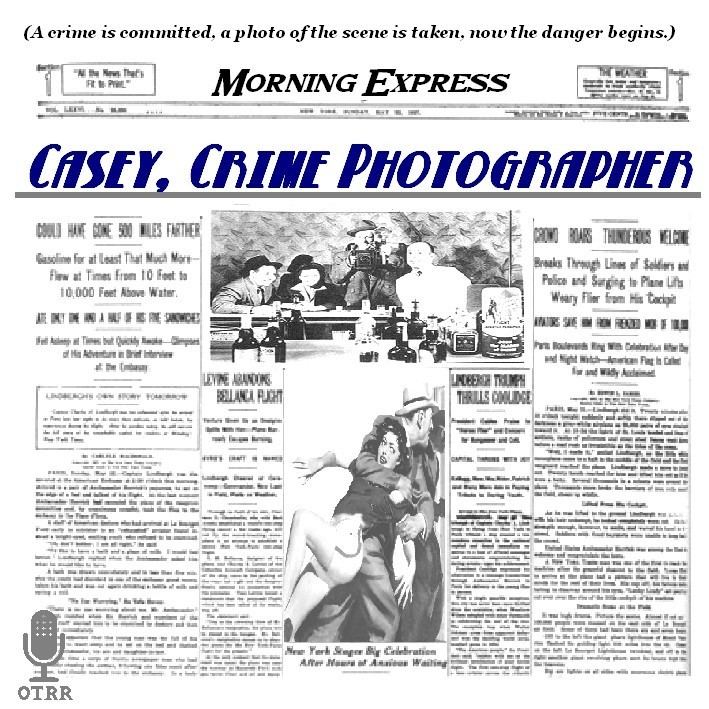 | ||
Other names Flashgun Casey,
Casey-Press Photographer, Crime Photographer | ||
Casey, Crime Photographer, known by a variety of titles on radio (aka Crime Photographer, Flashgun Casey, Casey, Press Photographer) was a media franchise from the 1930s to the 1960s. The character was the creation of novelist George Harmon Coxe. Casey was featured in the pulp magazine, Black Mask, novels, comic books, radio, film, television and legitimate theatre.
Contents

Jack "Flashgun" Casey, was a crime photographer for the newspaper The Morning Express. With the help of reporter Ann Williams (best remembered portrayed by Jan Miner, Palmolive's "Madge"), he solved crimes and recounted his stories to friends at the Blue Note, their favorite tavern and jazz club where the Archie Bleyer Orchestra and the Teddy Wilson Trio were featured. .
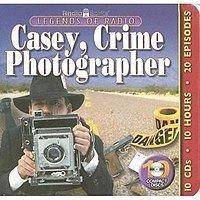
Radio
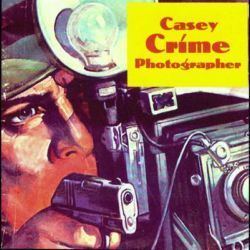
Begun as over 20 popular short stories in Black Mask, there were films and novels before the stories were brought to radio under various names. The series aired on CBS. The radio show was sustained by the network when a sponsor could not be found. Sponsors of the show include Anchor Hocking, Toni home permanents, Toni Shampoo and Philip Morris.
Cast
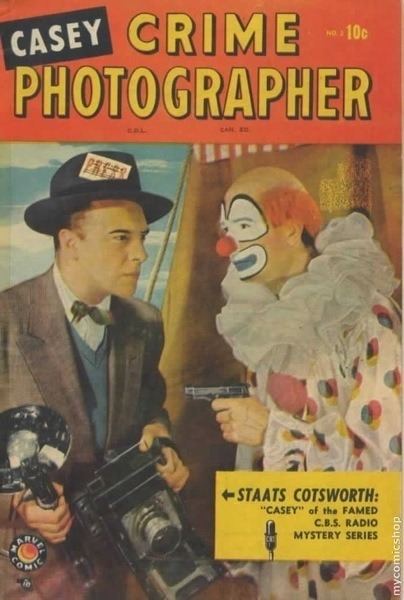
Air dates
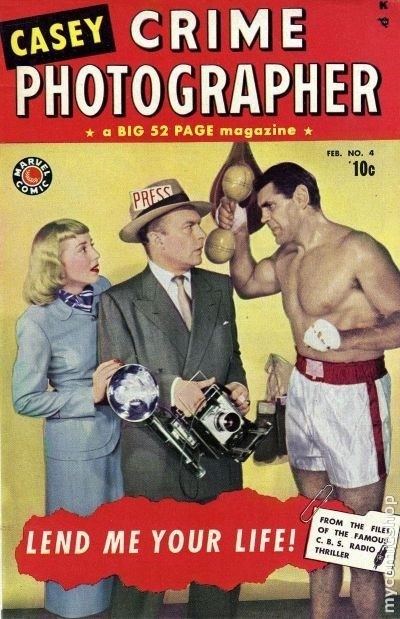
In the period between the fourth and fifth series, the live television version was telecast.
Other media
"Flashgun" Casey was featured in 21 short stories in Black Mask, a popular pulp magazine of the time. Collections of these stories were published in anthology form as well. Coxe wrote five novels featuring Casey from the 1930s to the 1960s. Two films Women Are Trouble and Here's Flash Casey were produced in the 1930s. A four-part Marvel Comics tie-in to the radio show was published in the 1940s.
Television
In 1951 the popular series moved to television:
Darrin McGavin commented, "The cast of Crime Photographer didn’t go down fighting. They took off for the hills. It was so bad that it was never re-run, and that’s saying something when you recall the caliber of television programs in those days."
